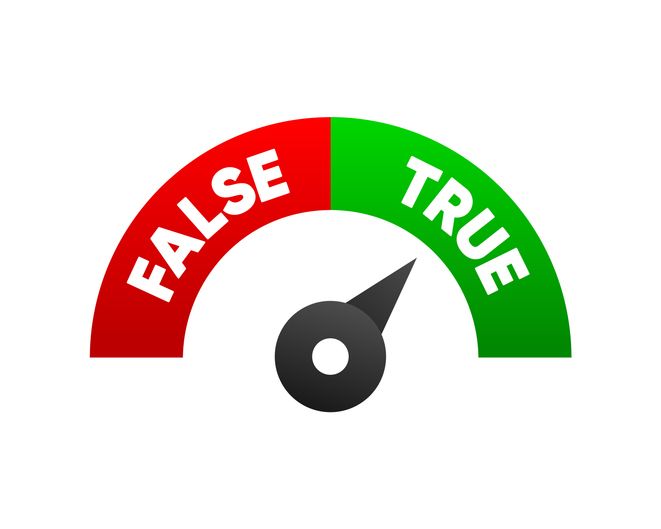Key Findings
- Washington state ended the sales tax break for electric vehicles earlier this year.
- In 2017, nearly three-quarters of EVs were purchased in the wealthiest 25% of zip codes in Washington state.
- The vast majority of tax breaks went to the wealthy who were going to purchase an EV anyway, so the tax break did little to impact consumer behavior.
- Although the goal of the tax break was to increase sales of EVs, it likely did very little to increase sales or reduce CO2 emissions.
- Even assuming 60 percent of the cars would not have been sold without the incentive, the 95 percent of the money from the tax break was wasted and could have better used elsewhere to cut CO2 emissions.
- Although the tax break expired, Initiative 1631, the carbon tax initiative, would allow funding for this wasteful and ineffective subsidy.
- Assuming the subsidy encourages car sales, the subsidy creates only 7,900 metric tons of CO2 reduction annually rather than the 130,175 metric tons it could receive by using the money effectively, a waste of 94 percent of the tax subsidy.
Introduction
The sales tax break for buying an electric vehicle (EV) in Washington state expired earlier this year. State data show that for 2017 most of the tax breaks went to those living in the wealthiest 25 percent of zip codes.
The data show subsidies were received by the rich, who were least likely to be influenced by them in their buying decisions. As a result, few of the tax breaks helped to increase sales of electric vehicles, dramatically reducing the impact of the subsidies on reducing carbon emissions.
Tax breaks for electric vehicles
Washington state legislators adopted the break in 2009, claiming it would increase sales of electric vehicles (EVs) and reduce Washington’s carbon emissions. The move provided almost no benefit for the environment. Recognizing that people who could afford to buy a Tesla were not price sensitive and were going to buy the car even without the tax break, legislators scaled back the initiative a couple years ago to cover only those cars costing less than $42,500.
Although the goal was to target buyers who need an incentive, an examination of purchases of model year 2017 electric vehicles shows the beneficiaries are still those who live in Washington’s wealthiest communities.





